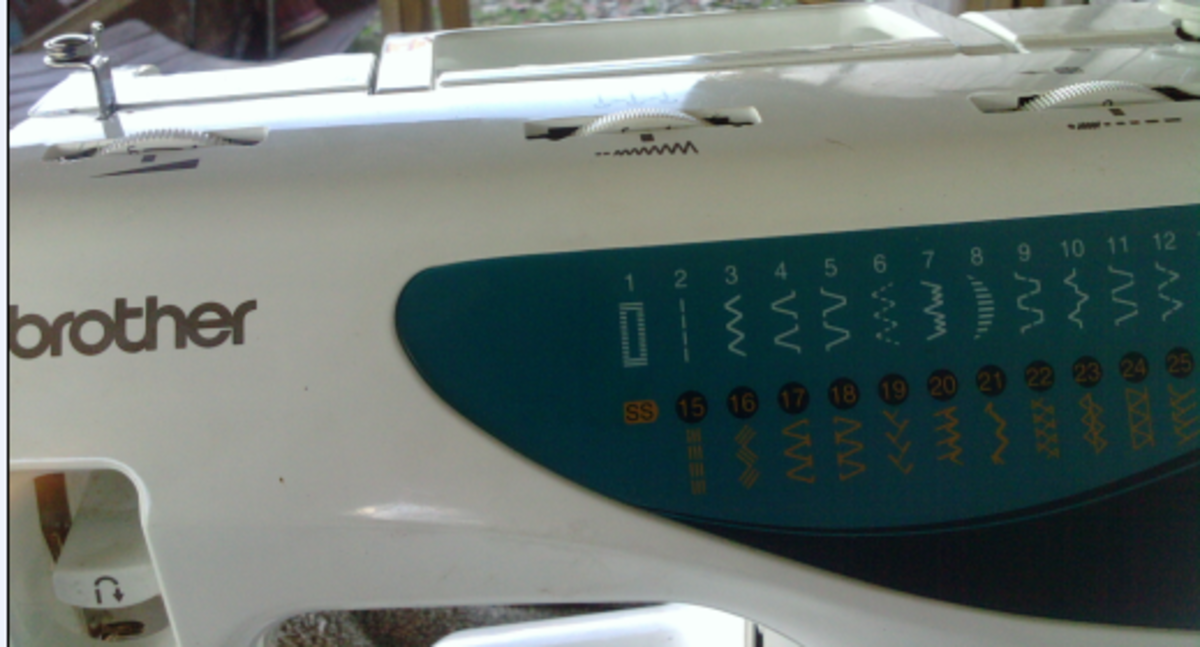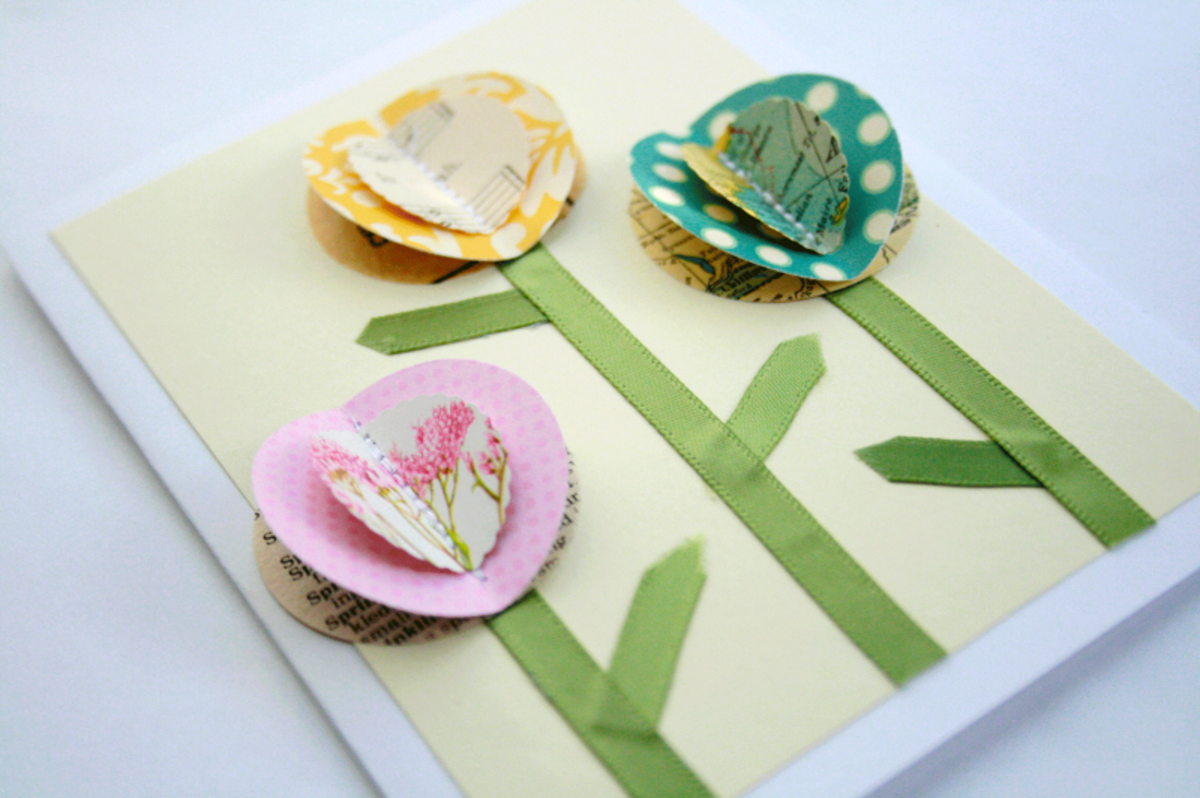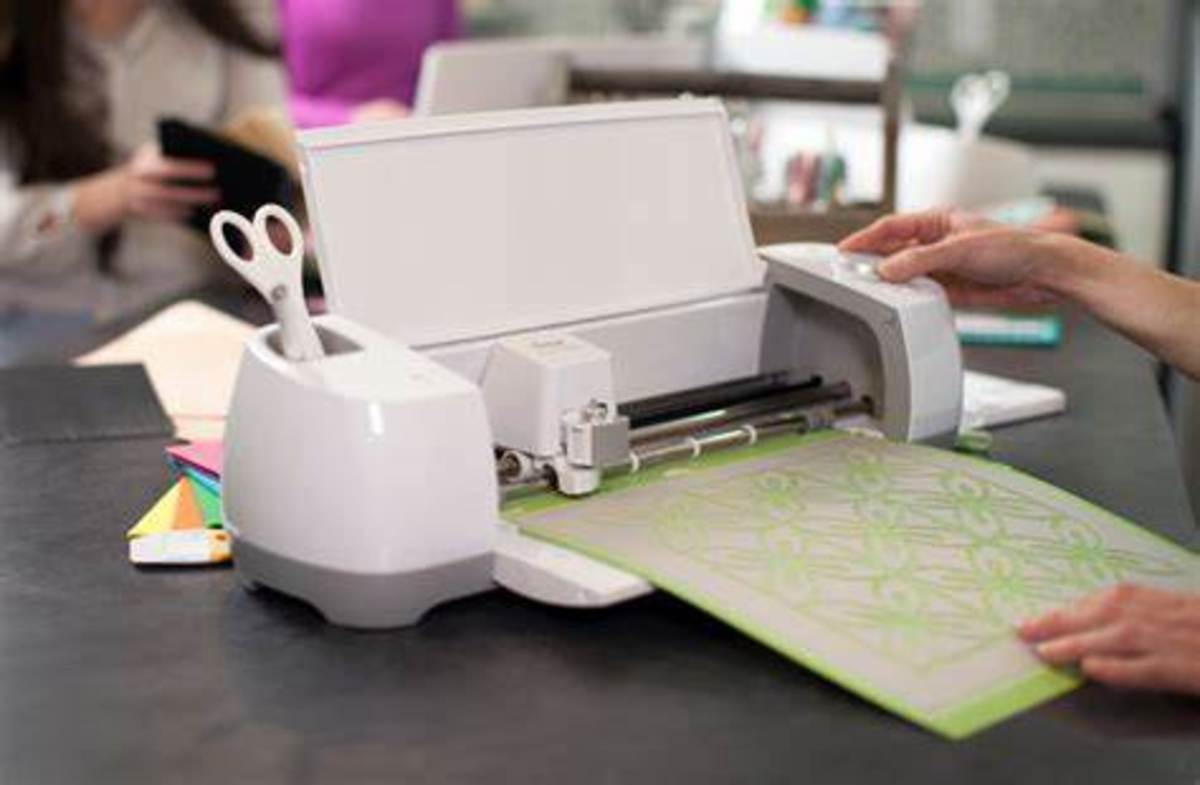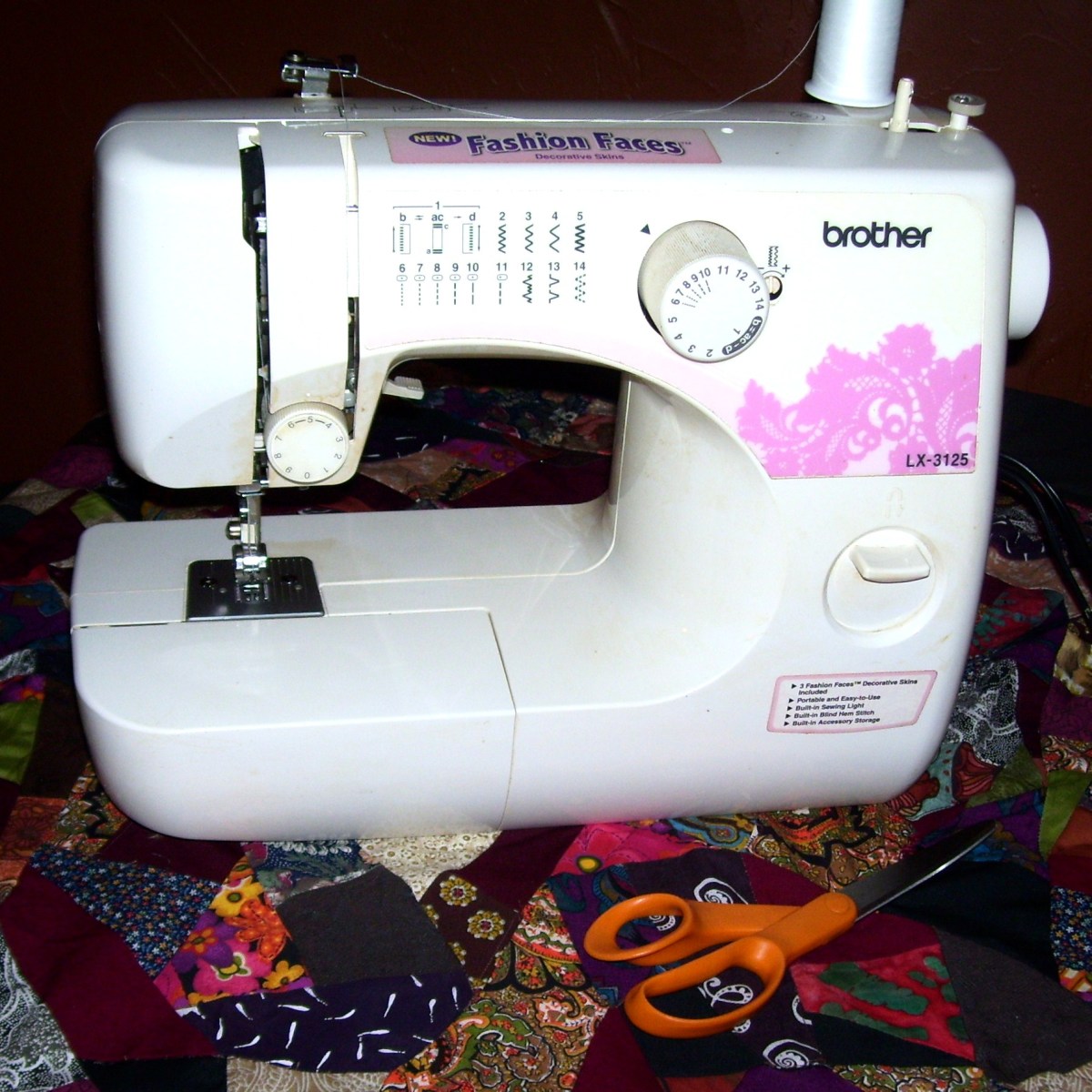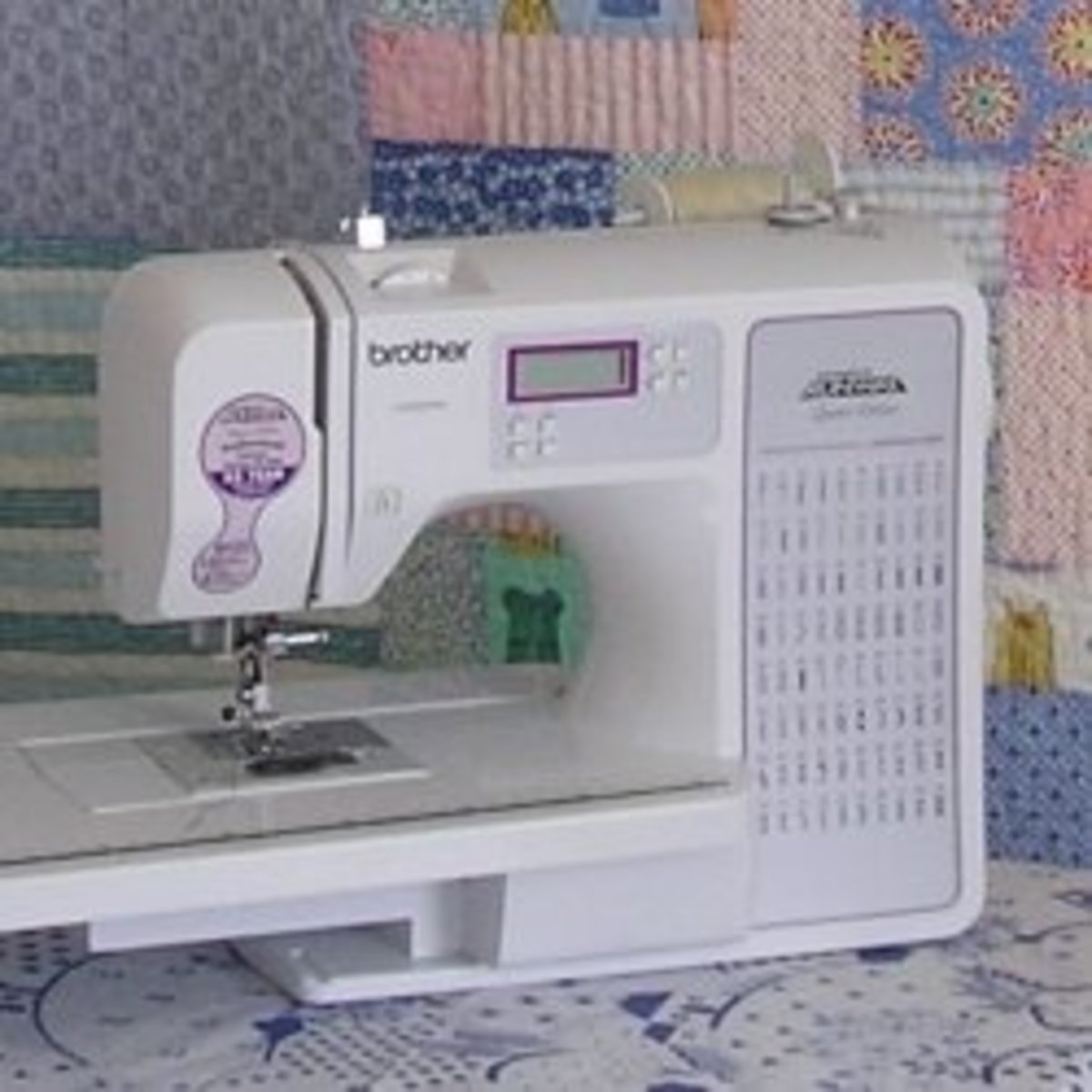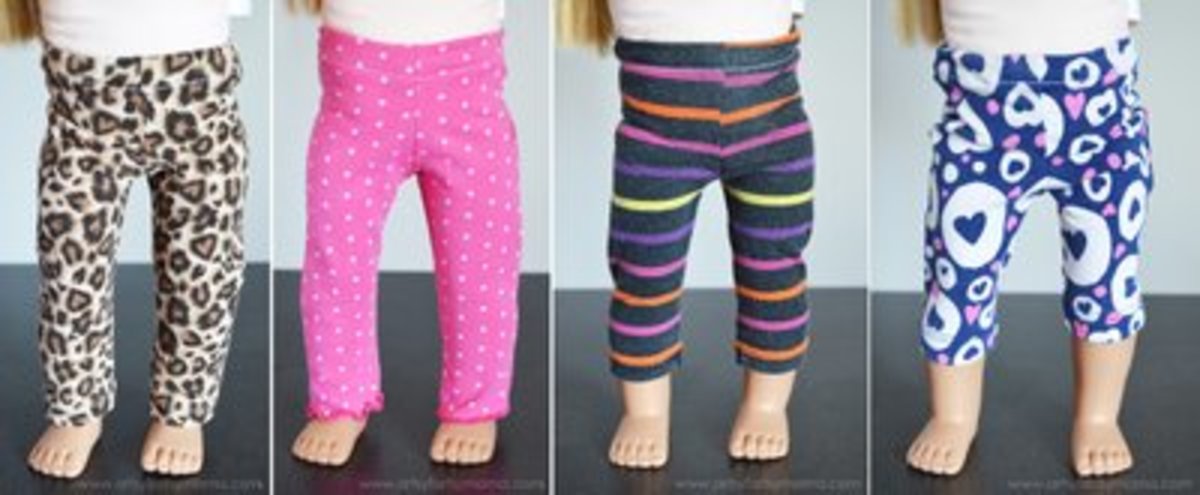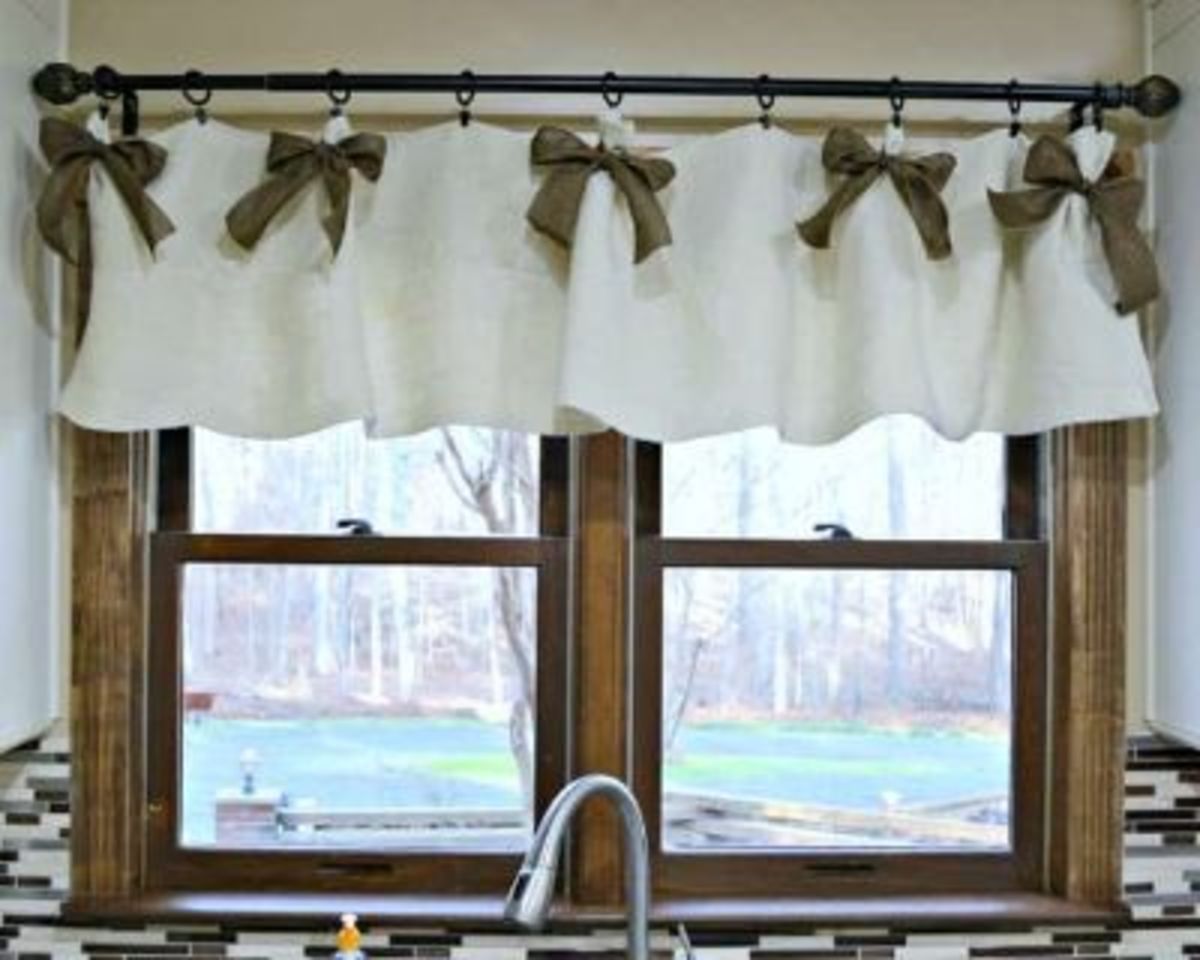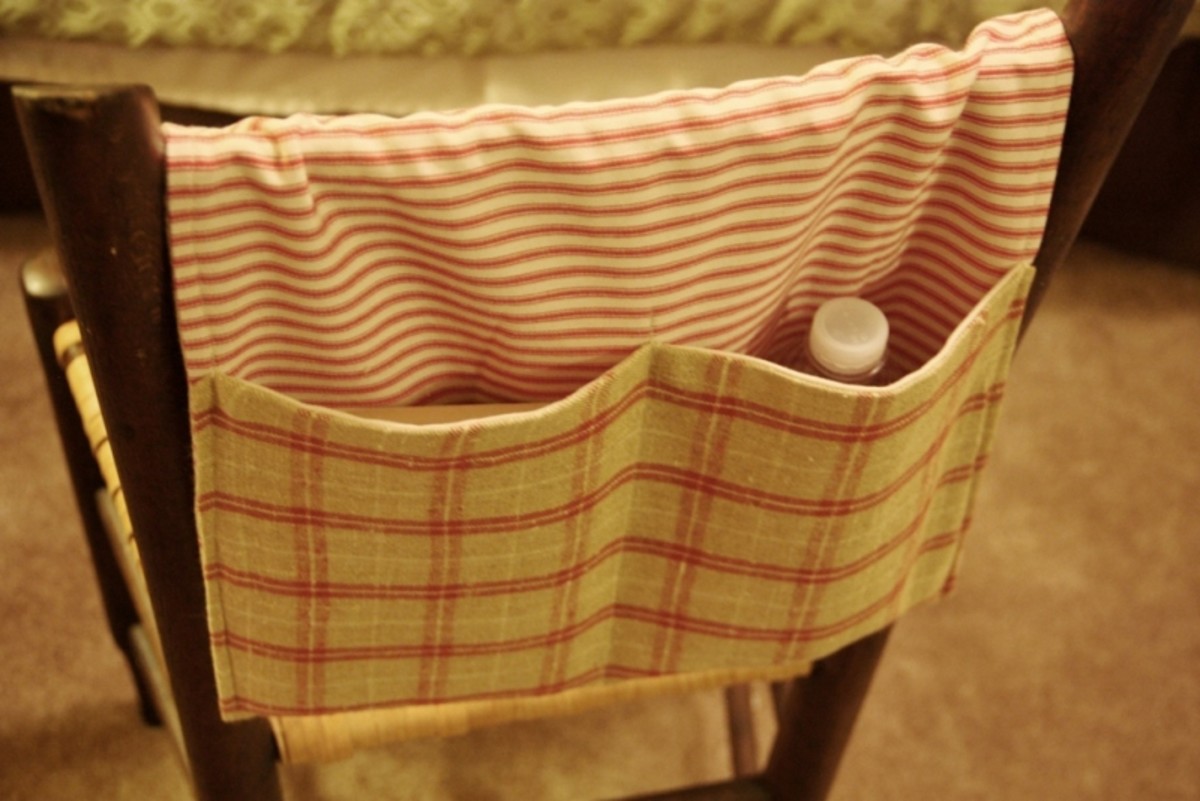Sewing 101: A Word About Sewing Machines
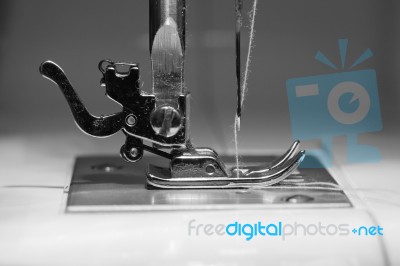
Your Most Important Piece of Equipment
Sounds rather serious when you put it that way. Now if you're a first time sewer you might or might not already have a machine. A lot of people seem to inherit them from friends or relatives either when the person upgrades to a better machine or when they stop using the machine for one reason or another.
If you already have a machine, that's great. Especially if you're a first time sewer, don't be picky. If the machine can do a straight line and you can figure out how to thread it properly, don't look that gift horse in the mouth! My first machine was a Singer that my mom got secondhand when bellbottoms were making their FIRST go round.
But if you don't have a machine or you're looking to get a better one, then let's talk about what you're planning to use that machine for.
Basics
The first thing you need to ask is what do you plan to do with the machine? Are you just going to be doing the occasional repair? Are you planning to make a wardrobe for your Scottish Terrier? Are you helping with costumes for a production of Phantom of the Opera? Are you recreating Betty Davis' gown from Jezebel? Are you making curtains?
You probably don't know EVERYTHING you're going to make with that machine and I don't blame you. Which is why it's a good idea to know your skill level and know what you need to be comfortable in that level and perhaps expand a little over time. If you are a first time sewer, you probably don't need a sixty stitch machine with fifteen different attachments and automatic tension gauge.
So my first suggestion is to go cheap. I don't mean buy a fifty dollar machine from Wal-Mart that will die the first time you try to sew anything heavier than gauze. Buy secondhand. The internet has made this much easier than before. Craigslist is popular and prices are usually pretty reasonable. There is the downside of places like that and that is that you don't know exactly what you're getting. Take someone with you who knows a bit about machines. Ask to play around with the machine, thread it or even stitch a seam or two. Get a feel for it before you commit.
Sewing machines come with all kinds of bells and whistles and we'll talk about them later. Most machines will come with a bunch of different feet, most commonly a standard feed foot and a buttonhole foot. You may have to purchase some special feet depending what you plan to do later with the machine but the good news is that feet are universal and can go between machines so if you decide to upgrade, then you can keep your special feet .
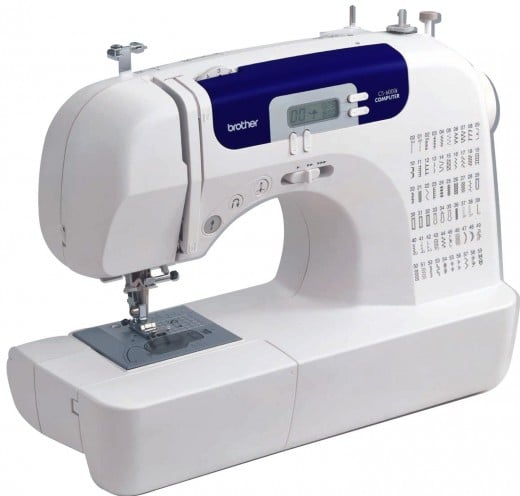
One Last Thing
One last thing before I go. Right now, I have a Brother CS-6000i. It's a great little machine I got off of craigslist and I couldn't be happier with it. I don't want anyone out there thinking they need to rush out and buy one but I will give fair warning that that is what I work with. I will try to keep it in mind when I'm writing up the later posts so everyone knows that their machine might do more than mine can or might well do less.
In particular, my machine and a great many of the newer machines have automatic tension set up so that if you are sewing through tough fabric, it adjusts then readjusts when you change to lighter fabric. THIS IS NOT STANDARD ON ALL MACHINES. There is a way to adjust your tension and I will talk about it at a later date but for now, just know that mistakes can and probably will happen. Whether it is because my machine is set up differently than the one you're working on or because I skip a step, please be patient. We're all of us still learning.

